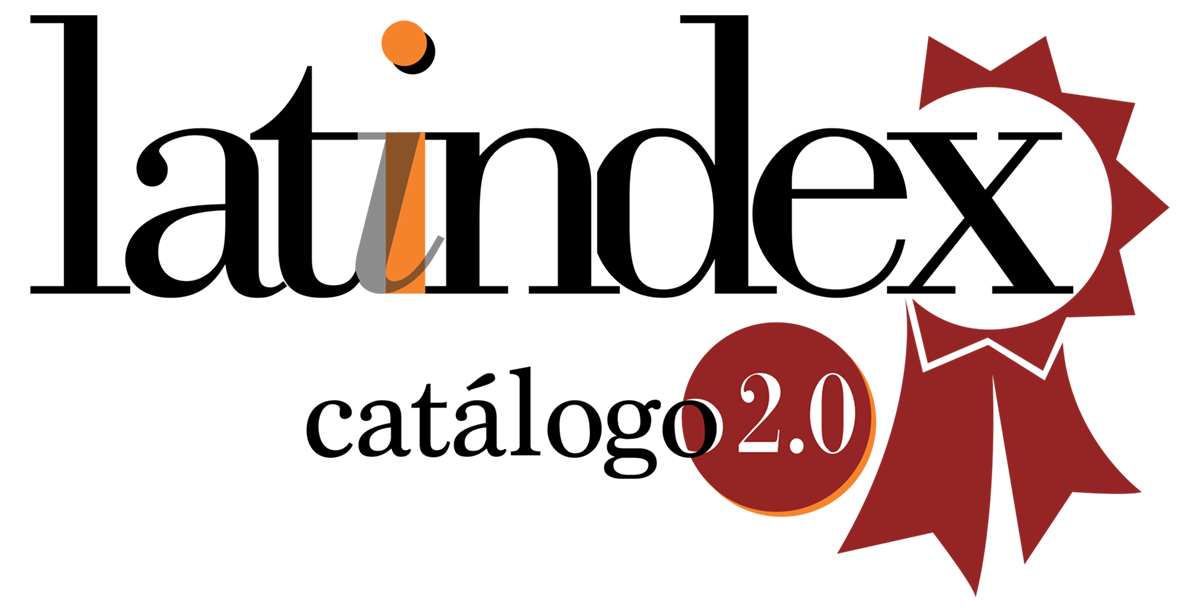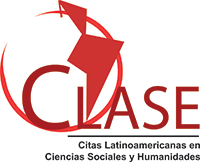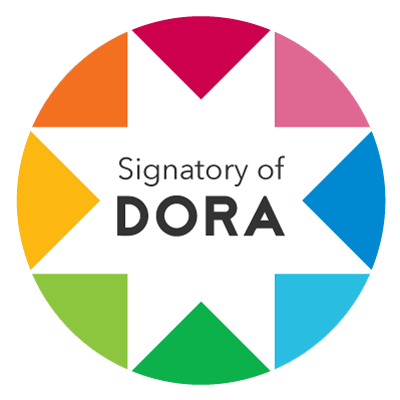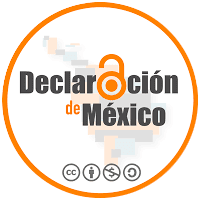Suture the Earth in the Anthropocene
Science, Art, Education and Territory
DOI:
https://doi.org/10.24215/18529569e044Keywords:
university extension, environmental problems, food, experiential learningAbstract
This article presents artistic-educational actions, that intertwine scientific knowledge, the aesthetic languages of art and subjectivities, to promote the reflection on the society-nature link and to rethink, in a particular way, the connection between globalizing concepts such as the Anthropocene and our daily eating practices. The experience was carried out with undergraduate students from the University of Buenos Aires (Argentina) within the framework of the university extension project «Suturing the Earth» (2020-2021). t is argued that the inclusion of art fosters experimental, sensitive and situated learning that allows for the construction of new meanings to address the environmental problems that we are currently experiencing.
Downloads
References
Briones, C., Lanata L. y Monjeau, A. (2019). El futuro del Antropoceno. Utopía y Praxis Latinoamericana, 24(84), 19-31. https://produccioncientificaluz.org/index.php/utopia/article/view/24133
Carabajal, M. I. (9 de septiembre de 2021). El riesgo de comernos hasta el planeta. Cítrica. https://revistacitrica.com/antropoceno-granjasporcinas.html
Carabajal, M. I. (30 de noviembre de 2021). Antropoceno y sistemas agroalimentarios: repensando el futuro a través del alimento. Biodiversidadla. https://www.biodiversidadla.org/Recomendamos/Antropoceno-y-sistemasagroalimentarios-repensando-el-futuro-a-traves-del-alimento
Carabajal, M. I. y Grasso, M. (2020). Suturar la Tierra. Algunas reflexiones desde la ciencia y el arte frente al inminente acuerdo con China para la instalación de mega granjas porcinas en Argentina. Instituto Argentino para el Desarrollo Económico (IADE). Realidad Económica. https://www.iade.org.ar/noticias/suturar-la-tierra
Crutzen, P. (2002). Geology of Mankind. Nature, 415(23).
Crutzen, P. y Stoermer, E. (2000). The “Anthropocene”. Global Change Newsletter, (41), 17-18.
Descola, P. (2017). ¿Humano, demasiado humano? Desacatos, (54), 16-27. https://doi.org/10.29340/54.1737
Gras, C. y Hernández, V. (Coord.) (2009). La Argentina rural. De la agricultura familiar a los agronegocios. Biblos.
Grasso, M. (2018). Educación por el arte y Formación docente: tensionar el mandato funcional disciplinador para transformar la escuela. Educación artística: revista de investigación, (9). https://ojs.uv.es/index.php/eari/article/view/12248
Haraway, D. (2016). Antropoceno, Capitaloceno, Plantacionoceno, Chthuluceno: generando relaciones de parentesco. Revista Latinoamericana de estudios críticos animales, 3(1). http://revistaleca.org/journal/index.php/RLECA/article/view/53/48
Machado Araoz, H. (2016). Sobre la naturaleza realmente existente, la entidad América y los orígenes del Capitaloceno. Dilemas y desafíos de especie. Actuel Marx, (20), 205-230.
Manifiesto Antropoceno en Chile. Hacia un nuevo pacto de convivencia. (2017) www.antropoceno.co
Merlinsky, G. y Serafini, P. (2020). Arte y Ecología Política. Universidad de Buenos Aires. Instituto de Investigaciones Gino Germani.
Malm, A. y Hornborg A. (2014). The Geology of Mankind? A Critique of the Anthropocene Narrative. The Anthropocene Review, I(I), 62-69. https://doi.org/10.1177/2053019613516291
Mauelshagen, F. (2017). Comentario: reflexiones acerca del Antropoceno. Desacatos, (54), 74-89. https://doi.org/10.29340/54.1741
Moore, J. (2013). El auge de la ecología-mundo capitalista (I). Las fronteras mercantiles en el auge y decadencia de la apropiación máxima. Laberinto, (38),
-26
Moore, J. (2016). El fin de la naturaleza barata: o cómo aprendí a dejar de preocuparme por “el” medioambiente y amar la crisis del capitalismo. Relaciones Internacionales, (33), 143-174. https://doi.org/10.15366/relacionesinternacionales2016.33.007
Moore, J. (2017). The Capitalocene. Part I: on the nature and origins of our ecological crisis. The Journal of Peasant Studies, 44(3), 594-630. https://doi.org/10.1080/03066150.2016.1235036
Read, H. (1977). Educación por el arte. Paidós.
Steffen, W., Broadgate, W., Deutsch, L., Gaffney, O. and Ludwig, C. (2015). The trajectory of the Anthropocene: The Great Acceleration. The Anthropocene
Review, 2(1), 81-98. https://doi.org/10.1177/2053019614564785
Svampa, M. (2019). El Antropoceno como diagnóstico y paradigma. Lecturas globales desde el sur”. Utopía y Praxis Latinoamericana, 24(84), 33-54. https://produccioncientificaluz.org/index.php/utopia/article/view/24134
Trischler, H. (2017). El Antropoceno, ¿un concepto geológico o cultural, o ambos? Desacatos, (54), 40-57. https://doi.org/10.29340/54.1739
Ulloa, A. (2017). Dinámicas ambientales y extractivas en el siglo XXI: ¿es la época del Antropoceno o del Capitaloceno en Latinoamérica? Desacatos, (54), 58-73. https://doi.org/10.29340/54.1740
Additional Files
Published
How to Cite
Issue
Section
License
Copyright (c) 2024 María Inés Carabajal

This work is licensed under a Creative Commons Attribution-NonCommercial-ShareAlike 4.0 International License.
The acceptance of an original by the journal implies the non-exclusive transfer of the patrimonial rights of the authors in favor of the publisher, who allows the reuse, after its edition (postprint), under a Creative Commons License Attribution-NonCommercial-ShareAlike 4.0 International.
According to these terms, the material can be shared (copy and redistribute in any medium or format) and adapted (remix, transform and create another work from the material), provided that a) the authorship and the original source of their publication (magazine and URL of the work) are cited, b) is not used for commercial purposes and c) the same terms of the license are maintained.
The assignment of non-exclusive rights implies that after postprint in Extensión en red authors may publish their work in any language, media and format; in that case, it is requested that they signal that the material was originally published by this journal.
Assignment also entails the authors’ authorization for the work to be collected by SEDICI, the institutional repository of the Universidad Nacional de La Plata, and for it to be indexed in the databases that the publisher thinks appropriate for enhancing the visibility of the published work and its authors.
In addition, the journal encourages authors to submit their works to other institutional and thematic repositories after their publication in Extensión en red, under the assumption that offering society unrestricted access to scientific and academic production contributes to a greater exchange in global knowledge.








.jpg)

.png)


.png)





















